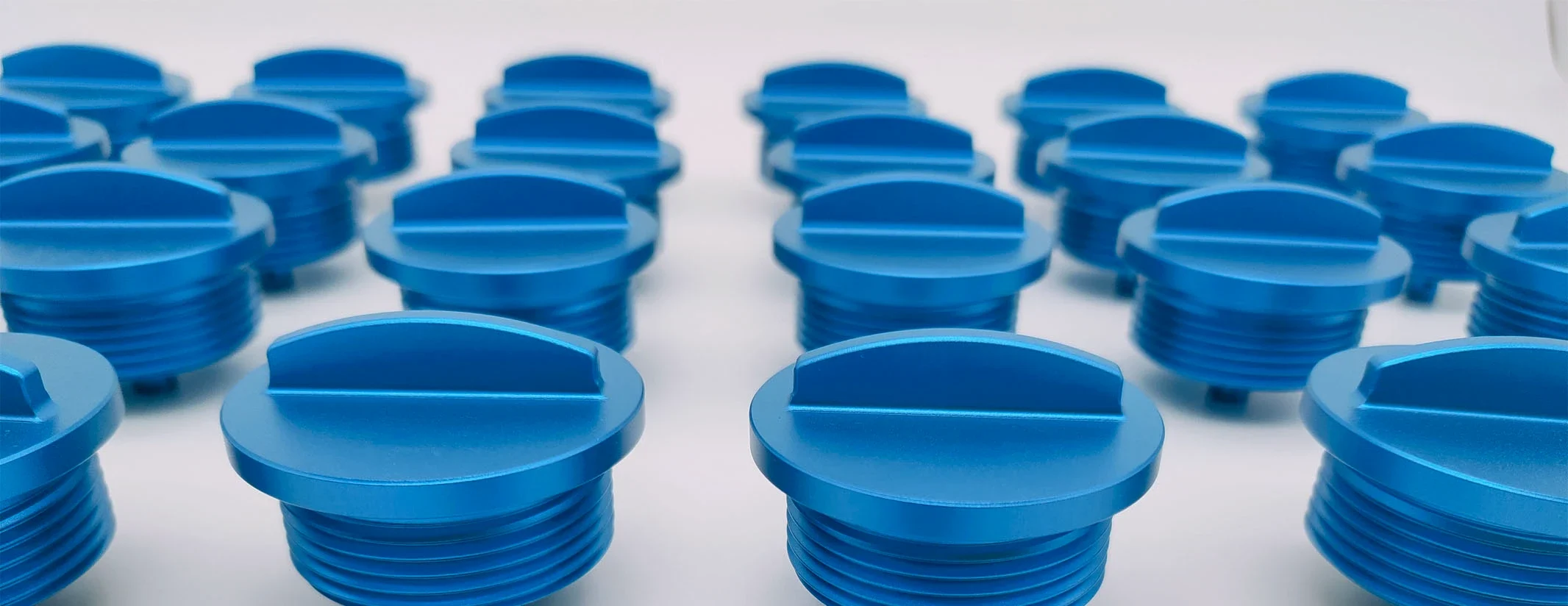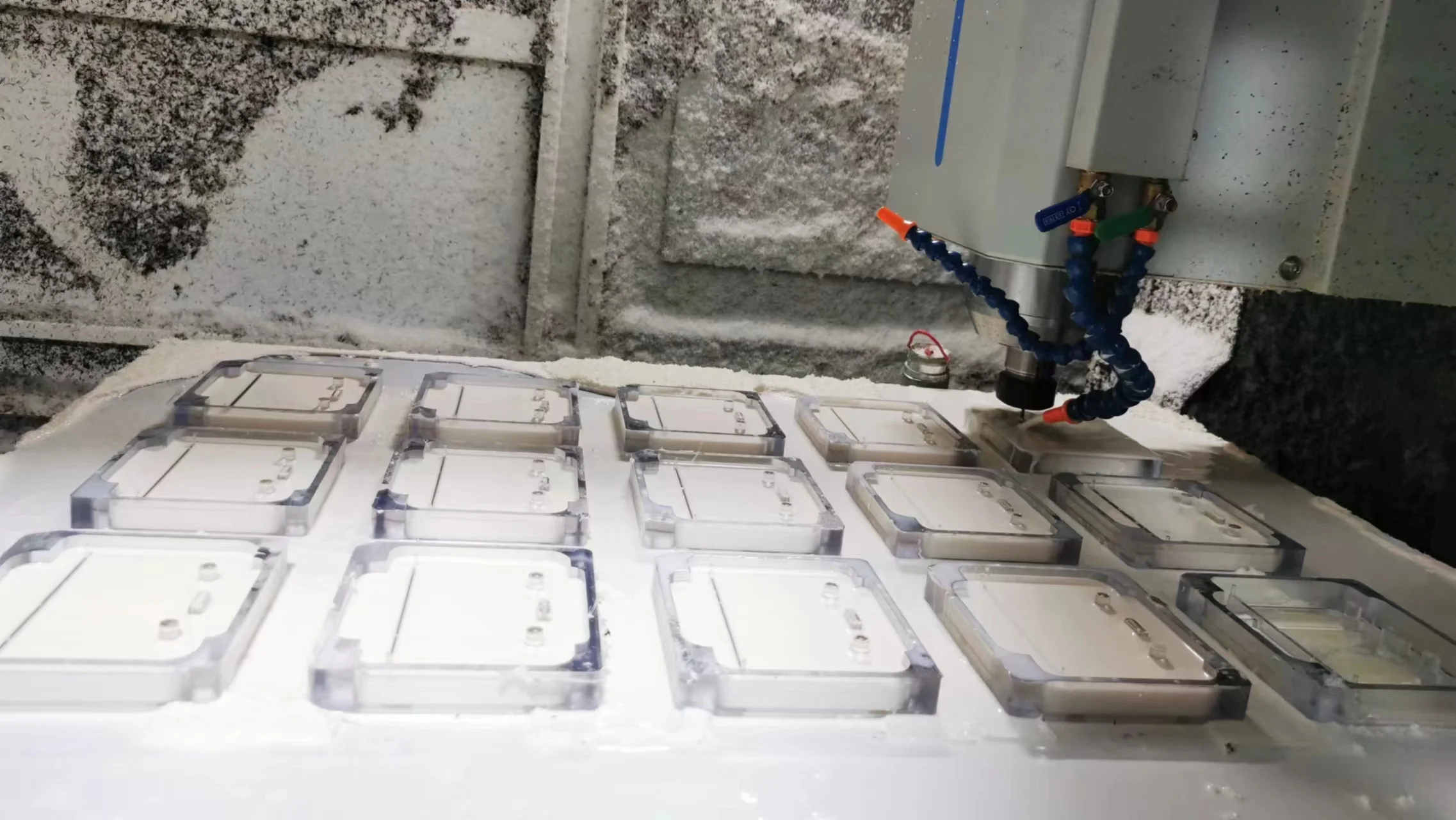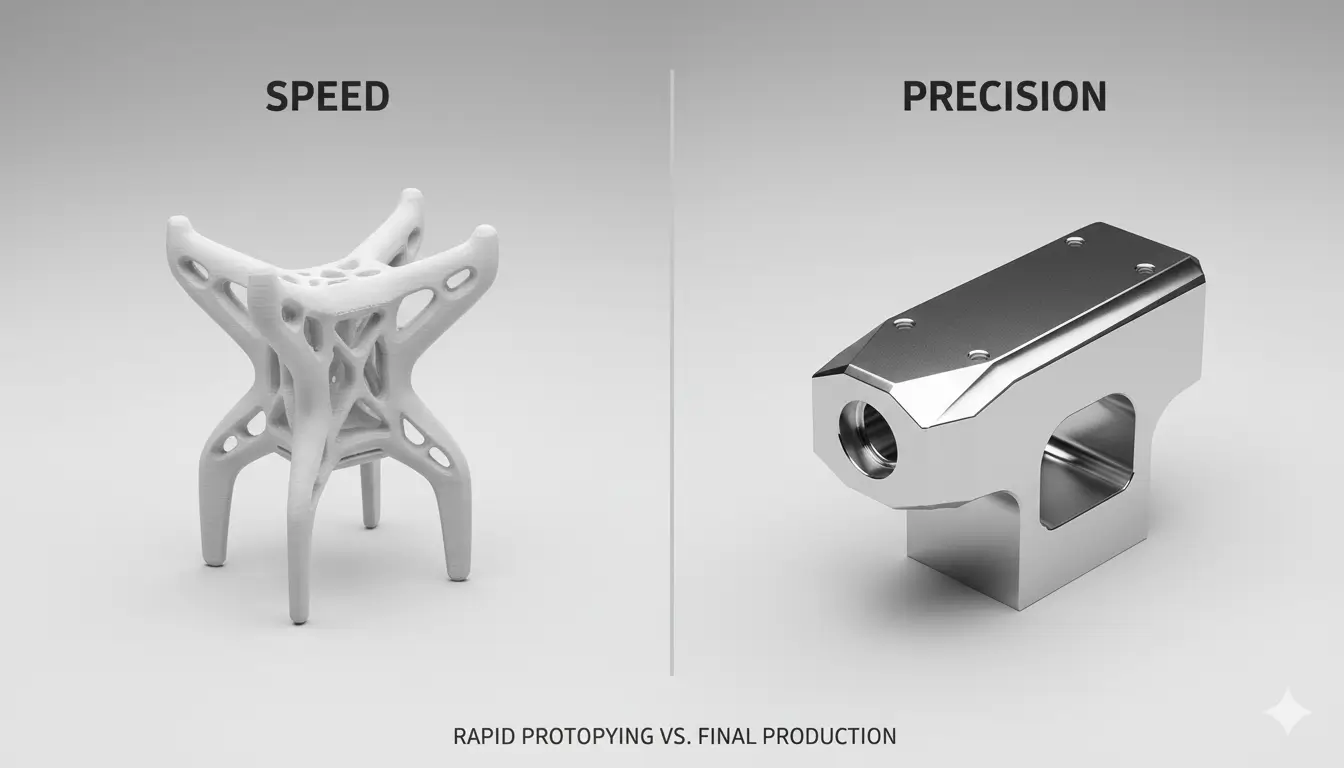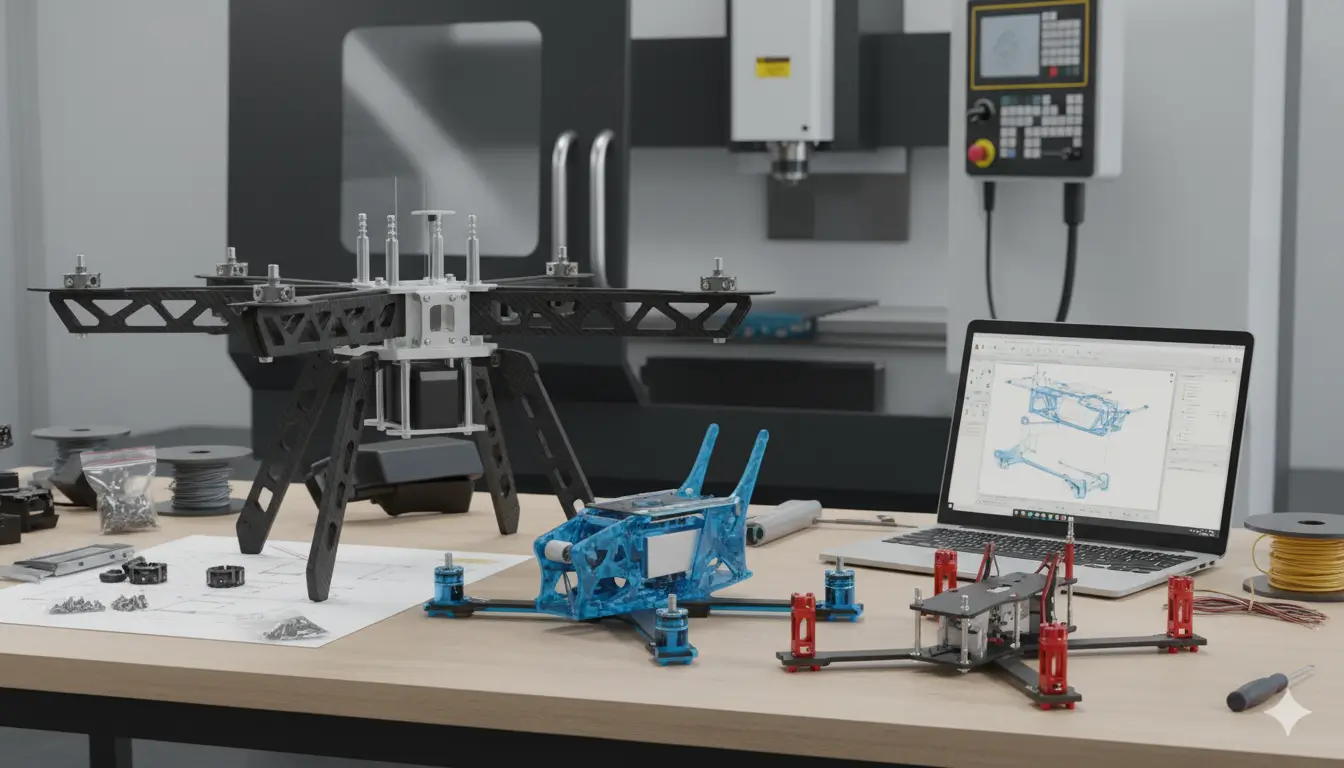Table of Contents
Unequally disposed profile tolerance is a kind of special profile tolerance that plays a crucial role is Geometric Dimensioning and Tolerancing(GD&T).
It is important to know about its definition and applications clearly. This article will provide a detailed guide of GD&T Unequally Disposed Profile Tolerance.
Key Takeaways:
- An Unequally Disposed Profile is a GD&T control that creates a tolerance zone which is not centered on the ideal profile. It allows a different amount of variation on the “inside” of the part versus the “outside,” providing highly directional control.
- It is specified in the feature control frame by placing the circled letter ‘U’ (Ⓤ) after the profile tolerance value, followed by a number that indicates how much of the total tolerance is allocated to the outside of the ideal profile.
- The primary function is to ensure a tight fit on critical mating surfaces by allocating less tolerance to that side, while allowing more variation on non-critical sides. This balances functional requirements with manufacturing cost, as it avoids over-constraining the entire feature.
- It sits between a standard Bilateral profile (equal tolerance on both sides) and a Unilateral profile (all tolerance on one side). This makes it an essential tool for managing complex parts, especially castings or moldings where material distribution and subsequent machining need to be carefully controlled.
1. What is Unequally Disposed Profile?
Just as the name suggests, the unequally disposed profile is a kind of special GD&T profile symbol whose tolerance zone is asymmetrically disposed around the ideal profile of a feature.
As a special specification, GD&T unequally disposed profile is used to control the allowable deviation of a feature’s actual profile from its ideal profile, and the allowable deviation zone disposed on the sides of material is asymmetric.
Unequally disposed profile can be either profile of a line or profile of a surface. The key lies on the tolerance zone. Commonly, a profile tolerance zone would be evenly disposed around the controlled feature’s ideal profile. However, unequally disposed profile would establish a tolerance zone that is distributed unevenly on the two sides of the ideal profile, one side inwards the material, and the other side outwards the material.
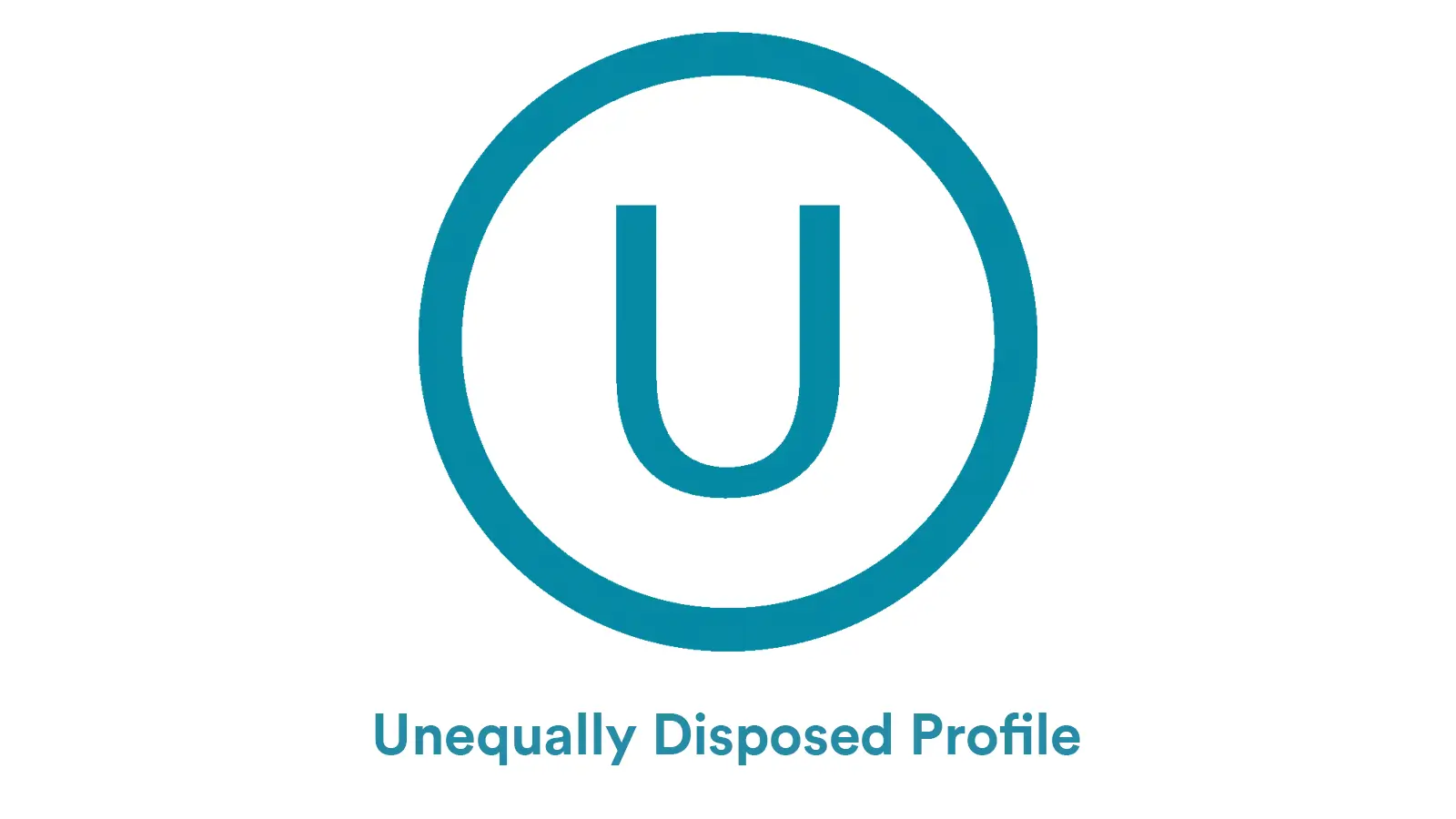
2. How to Show Unequally Disposed Profile on Engineering Drawings?
Unequally disposed profile is indicated in the feature control frame of the specific controlled profile on engineering drawings. Below is an example of the indication:
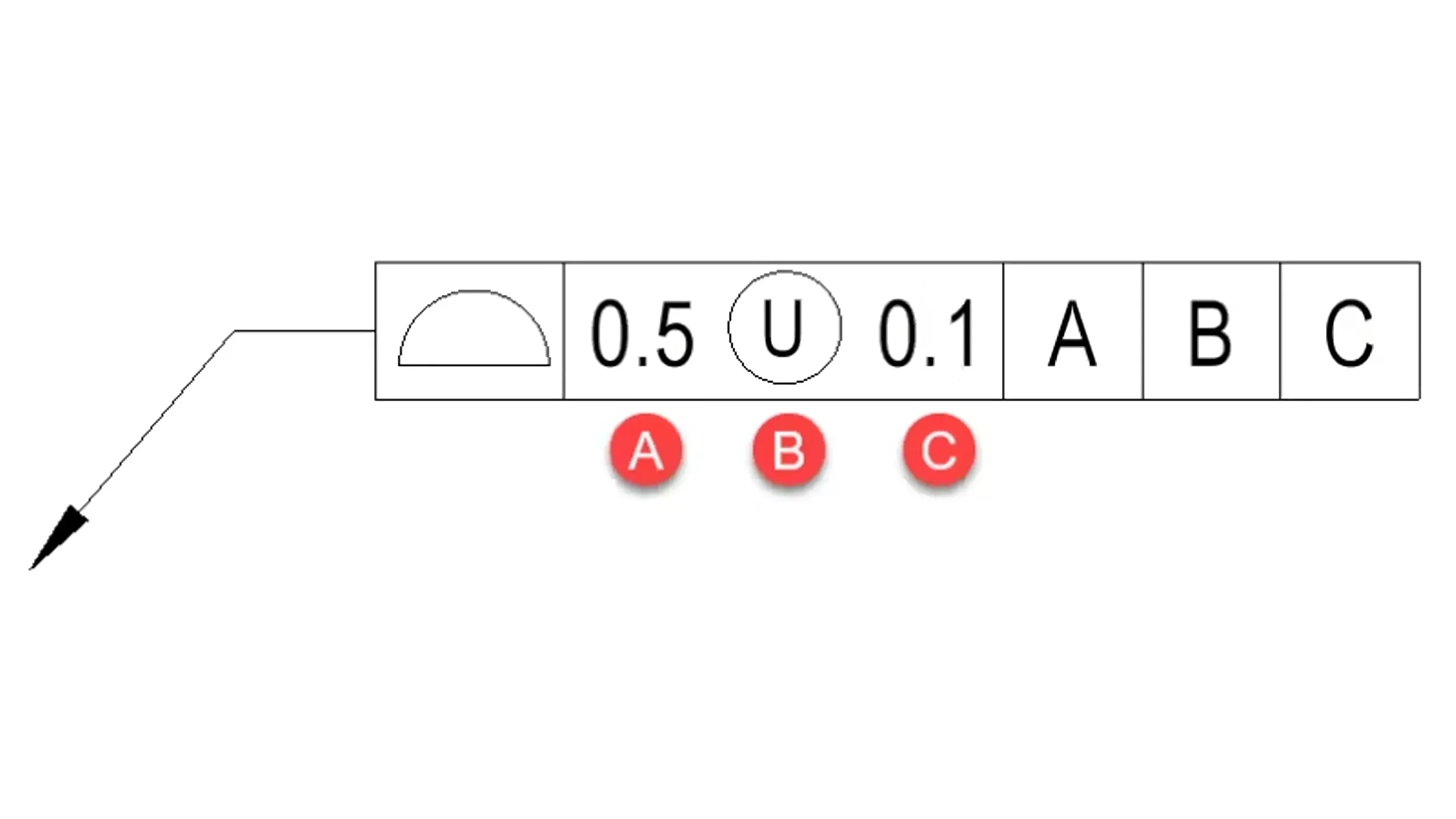
Firstly, the geometric symbol of the profile of a line or profile of a surface would be indicated in the first block, to show the controlled feature.
Secondly, information of the tolerance would be indicated in the second block.
A. It is the total tolerance of the profile, just as all other GD&T tolerance does, closely following behind its GD&T symbol.
B. It is the symbol of unequallydisposed profile. Commonly, the symbol is a capital “U” in a circle(U). While according to ISO standards, the symbol is the letter “UZ”. Unequally disposed profile is a kind of special tolerance control in essence, instead of a geometric control. Therefore, the symbol of unequally disposed profile is indicated behind the profile tolerance value.
C. It is the portion of total tolerance that lies outside of the part. Since the tolerance zone of unequallydisposed profile is asymmetric, it should indicate the respective amounts of tolerance clearly. The one outside the material should be indicated following the symbol of unequally disposed profile based on GD&T standards.
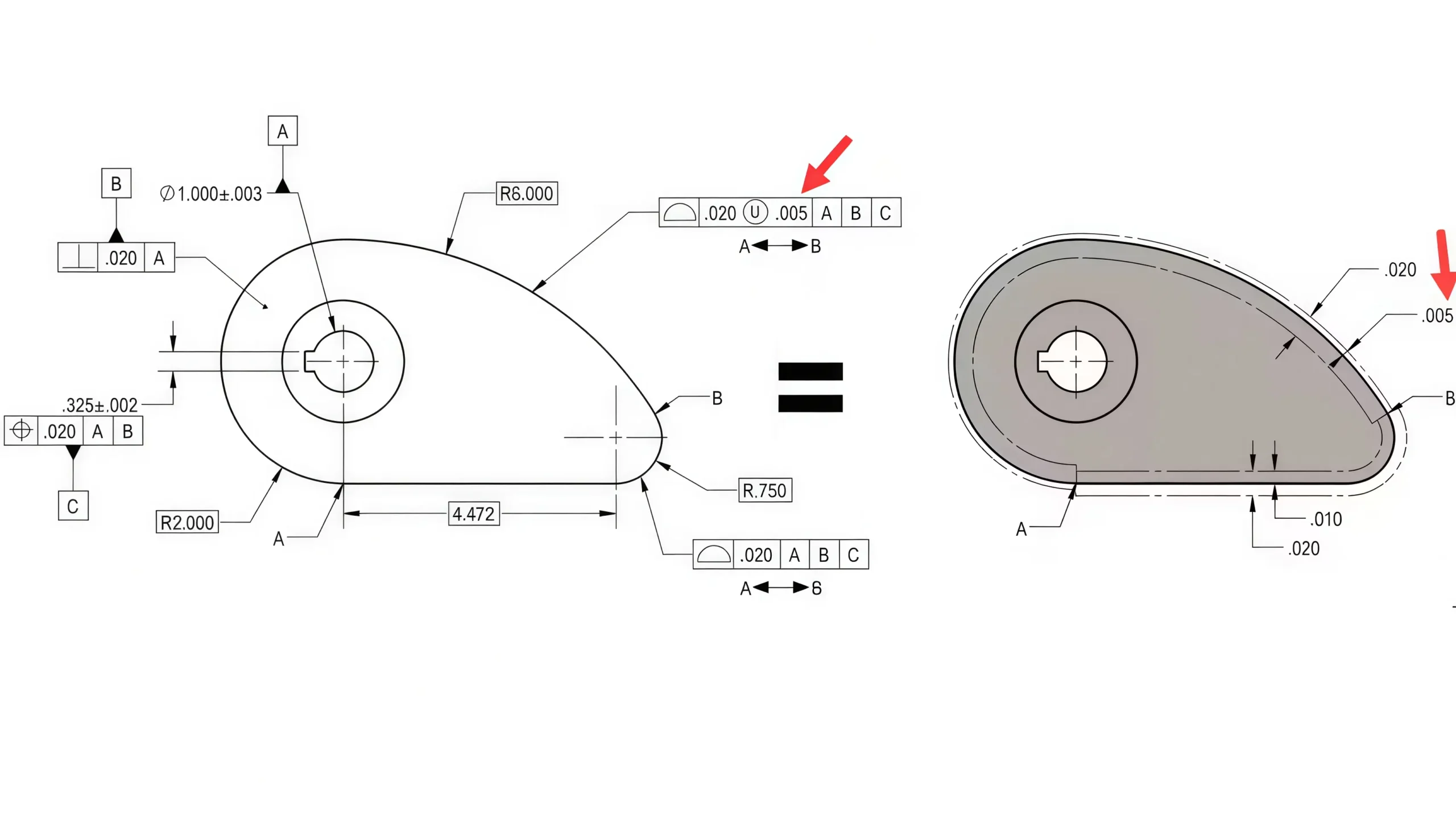
Note: If the value follows the unequally disposed profile is totally similar to the total profile tolerance, it means that all of the total profile tolerance is distributed outside of the material. In such a case, the tolerance is named as unilateral tolerance zone.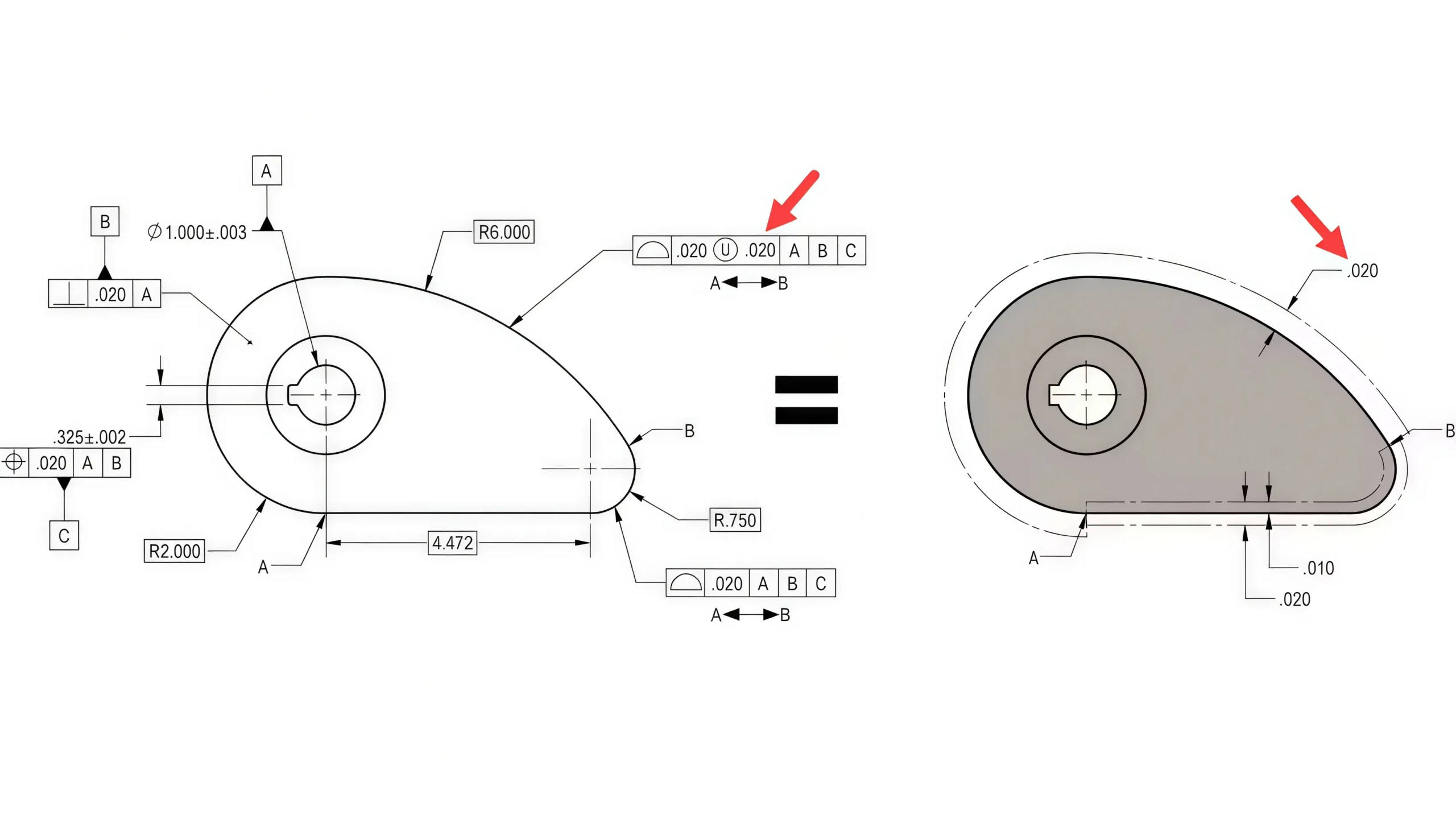
While if the value is zero, the situation is completely converse. It means that all of the total profile tolerance is distributed inside the material. Such a tolerance is also an unilateral tolerance zone.
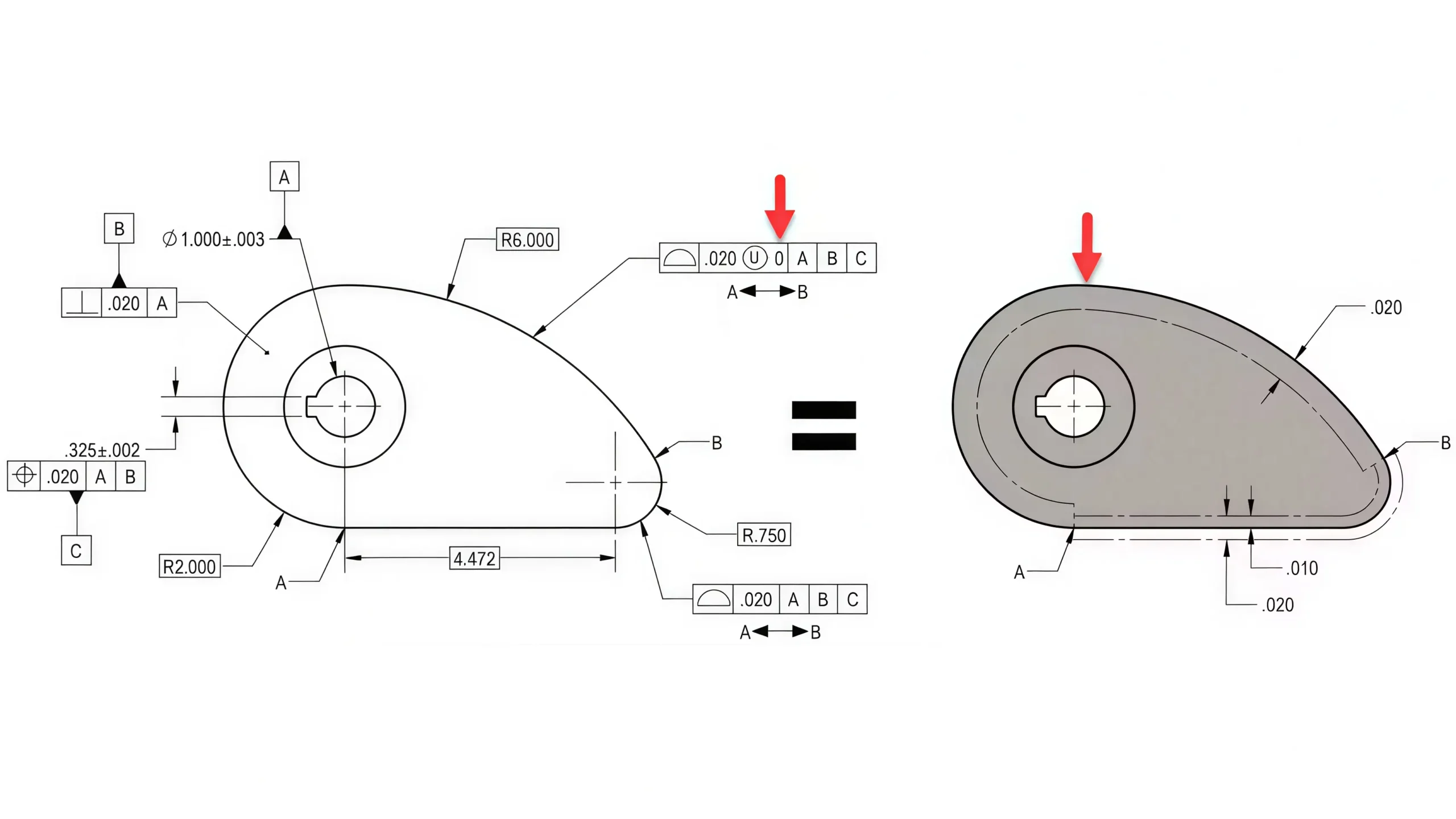
3. What are Functions of Unequally Disposed Profile?
Compared with traditional profile tolerance, unequally disposed profile GD&T is much more flexible. Unequally disposed profile has particularly crucial functions.
- Controlling Directional Tolerance
Unequally disposed profile can accurately distribute the portion of tolerance in certain direction based on the specific requirements. It can effectively avoid interference or clearance issues caused by improper tolerance distribution.
- Promoting Assembly Function
Unequally disposed profile provides enough flexibility to control the acceptable amounts of tolerance on both sides of the feature. Commonly, the key assembly side is controlled under tighter tolerance while the other side that makes much less effects on assemble is allowed to have looser tolerance. Therefore, the key assembly side would be manufactured more accurately and then can make sure the part assembles well with its mating part.
- Balancing Cost and Function
Unequally disposed profile can flexibly balance the cost and function of a part. On the one hand, relax control on the unimportant side can reduce manufacturing and measuring cost to some extent. On the other hand, put much tighter tolerance on the key side can seriously control the part’s functions.
- Compensating Process Defect
Unequally disposed profile is usually used on cast/injection molded parts. Due to uneven process shrinkage, deformation would be caused easily. Unequally disposed profile can deal with such an issue well by leave more material on the inner side for subsequent machining.
4. Unequally Disposed Profile VS Profile of a Line and Profile of a Surface
Both profile of a line and profile of a surface are GD&T Profile Tolerance. The different lies on the controlled feature.
Profile of a line controls the allowable deviation of a line’s profile from its ideal profile. While profile of a surface controls the allowable deviation of a surface’s profile from its ideal profile.
The tolerance zone of profile of a line consists of two ideal lines symmetrically disposed around the ideal line profile. The tolerance zone of profile of a surface is comprised with two parallel surfaces symmetrically disposed around the ideal surface profile.
More details can be found in articles GD&T Profile of a Line and GD&T Profile of a Surface.
Compared with profile of a line and profile of a surface, unequally disposed profile is not a traditional geometric control. It covers both profile of a line and profile of a surface.
Essentially, unequally disposed profile is a special type of profile tolerance zone. The tolerance zone is also the area of two parallel lines or surfaces around the ideal line or surface profile. But the areas inwards the ideal profile and outwards are different in size.
5. Unequally Disposed Tolerance VS Unilateral Tolerance VS Bilateral Tolerance
Unequally disposed tolerance allows the variation to be larger or smaller on one side of the true geometric feature, meaning that the zone is unevenly disposed around the ideal feature.
And note that unequally disposed tolerance is usually allowed to be used on GD&T Profile and GD&T Position.
Unilateral tolerance allows variation happens on only one side of the true geometric feature. In fact, unilateral tolerance is a type of extreme unequally disposed tolerance.
Just as we have explained before, when the number trailing the symbol U is either zero or equal to the total tolerance value, the unequally disposed tolerance is called as unilateral tolerance.
Bilateral tolerance is the default kind of tolerance zone that allows variation from the ideal feature in both directions, and more importantly, the variation is equal on each side of the target.
It means that all GD&T tolerances are bilateral tolerance, if no additional information is indicated.
6. Conclusion
In short, unequally disposed profile is a GD&T symbol and tolerance type which indicates that the tolerance zone of profile of a line or profile of a surface is unequally disposed around the ideal profile.

Lucas is a technical writer at ECOREPRAP. He has eight years of CNC programming and operating experience, including five-axis programming. He’s a lifelong learner who loves sharing his expertise.
Other Articles You Might Enjoy

What is 5-axis Machining? A Complete Guide.
5-Axis CNC machining is a manufacturing process that uses computer numerical control systems to operate 5-axis CNC machines capable of moving a cutting tool or a workpiece along five distinct axes simultaneously.

Which Country is Best for CNC Machining?
China is the best country for CNC machining service considering cost, precision, logistic and other factors. Statistical data suggests that China emerges as the premier destination for CNC machining.

Top 5 Prototype Manufacturing China
Selecting the right prototype manufacturing supplier in China is a critical decision that can significantly impact the success of your product development project.

CNC Machining Tolerances Guide
Machining tolerances stand for the precision of manufacturing processes and products. The lower the values of machining tolerances are, the higher the accuracy level would be.

